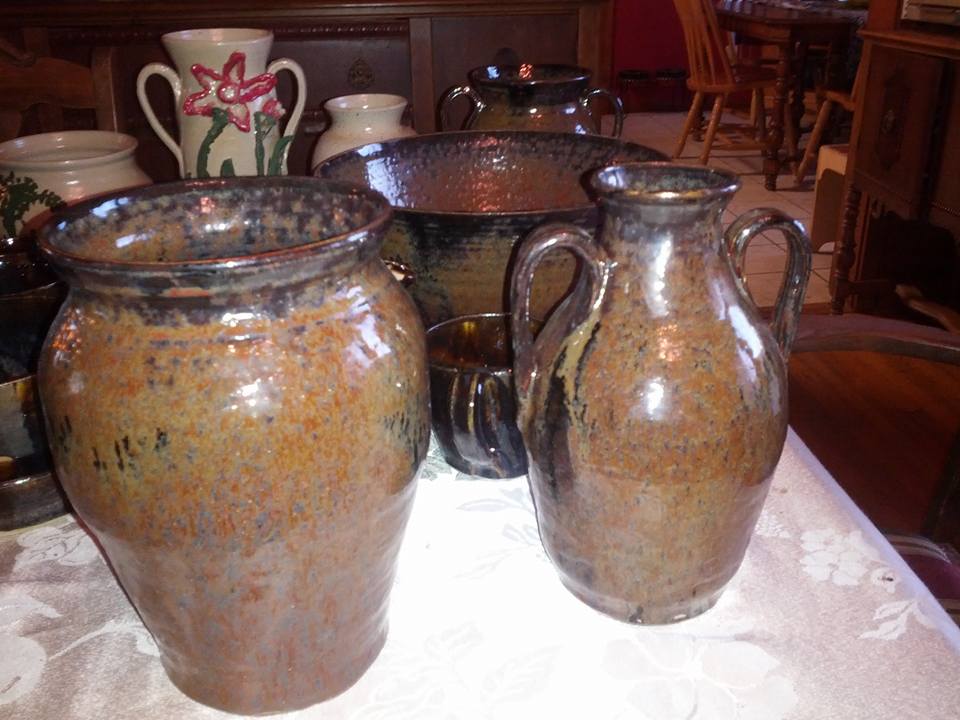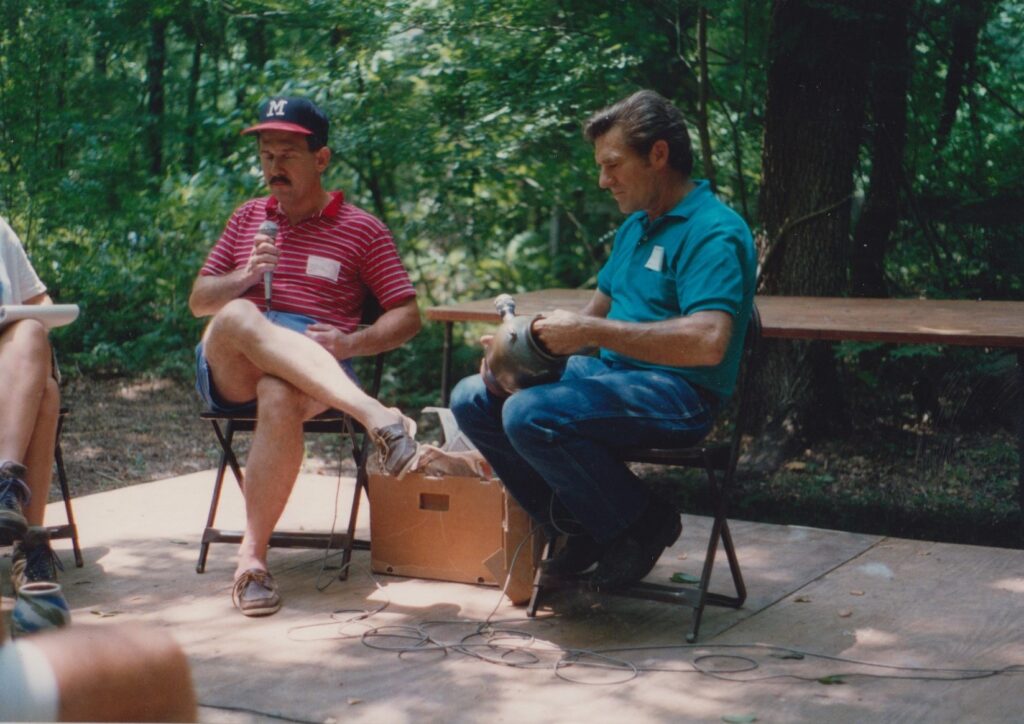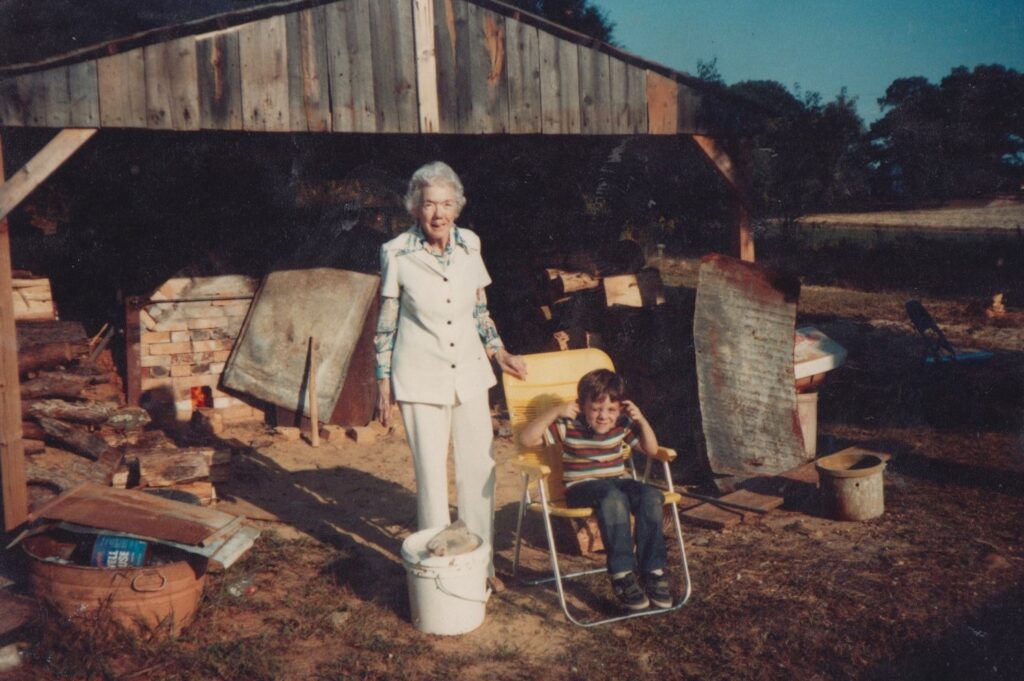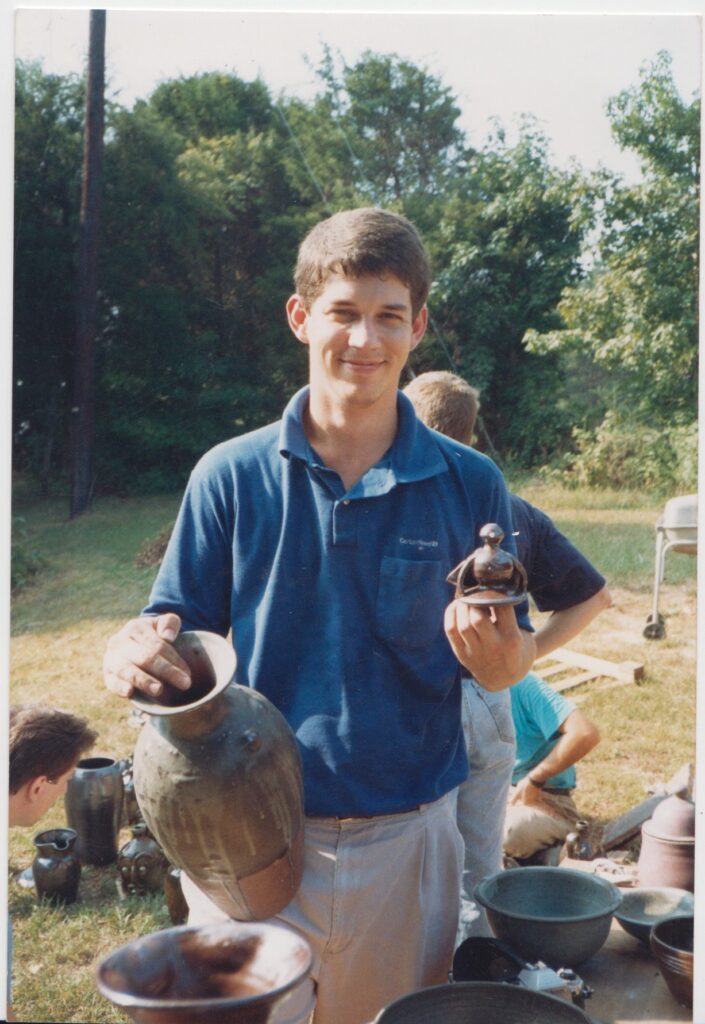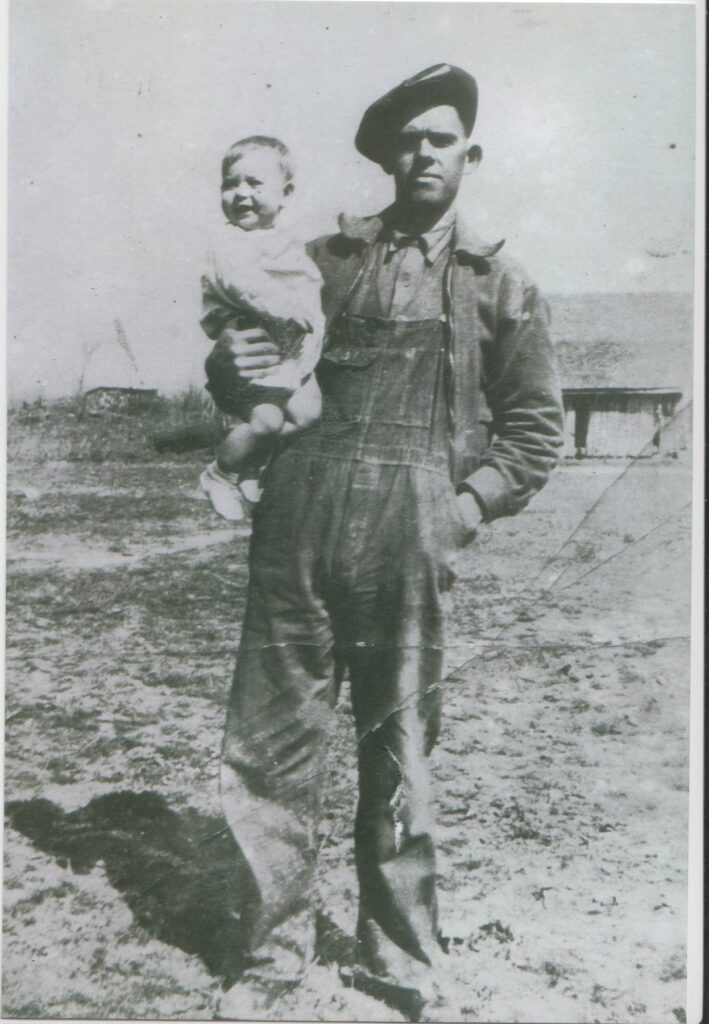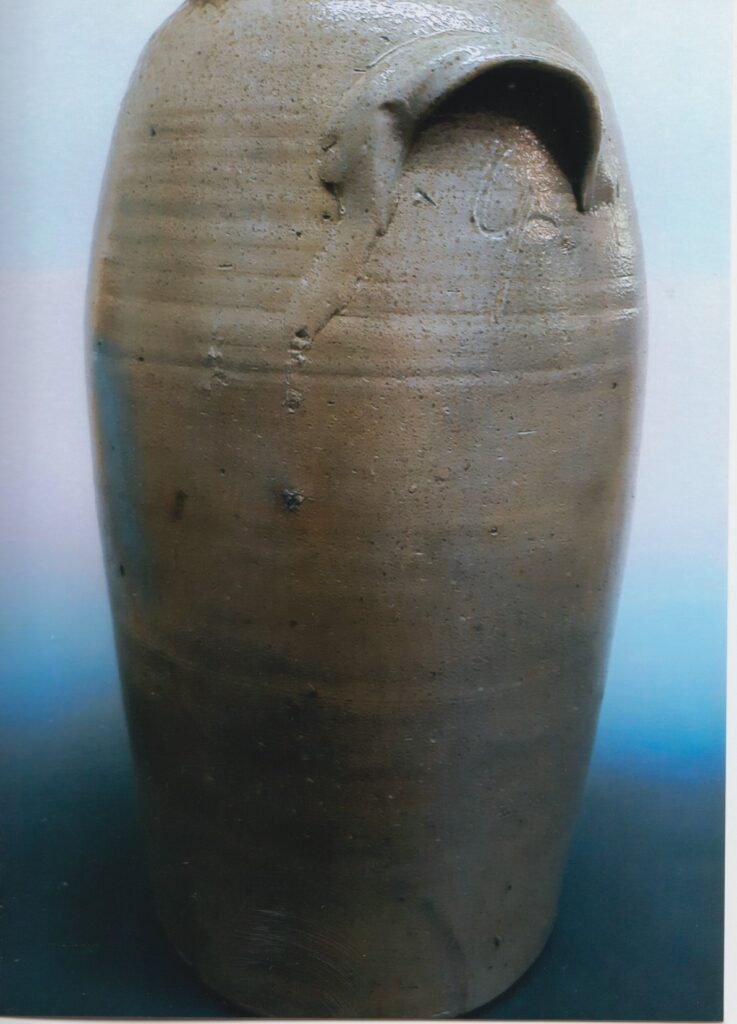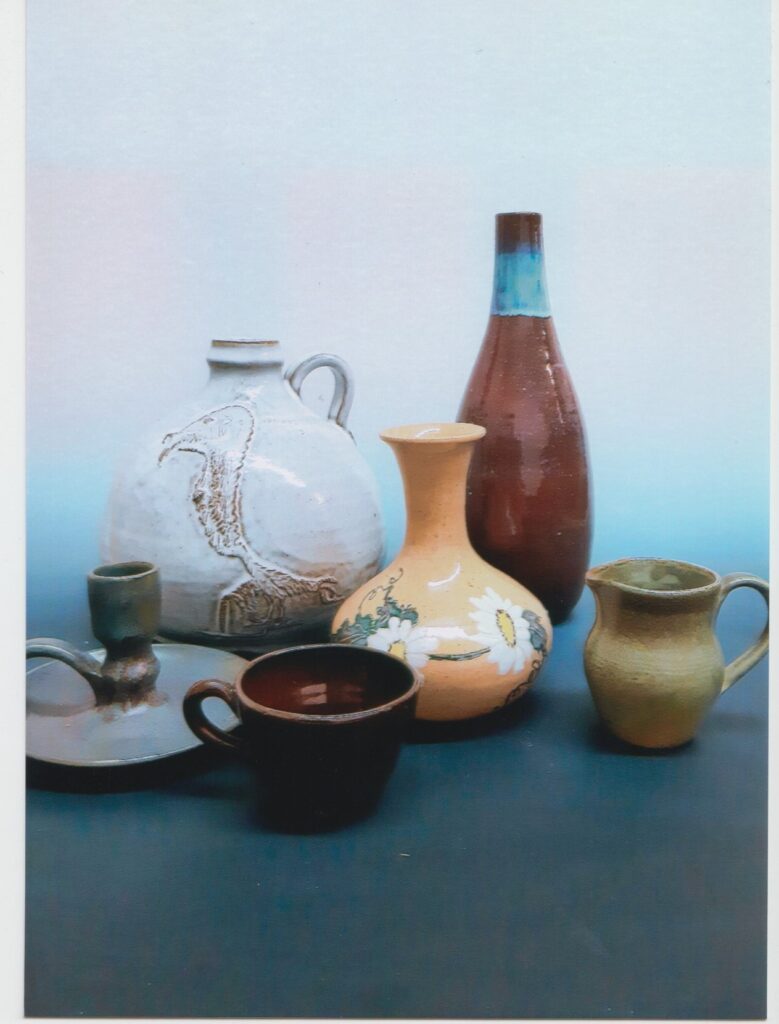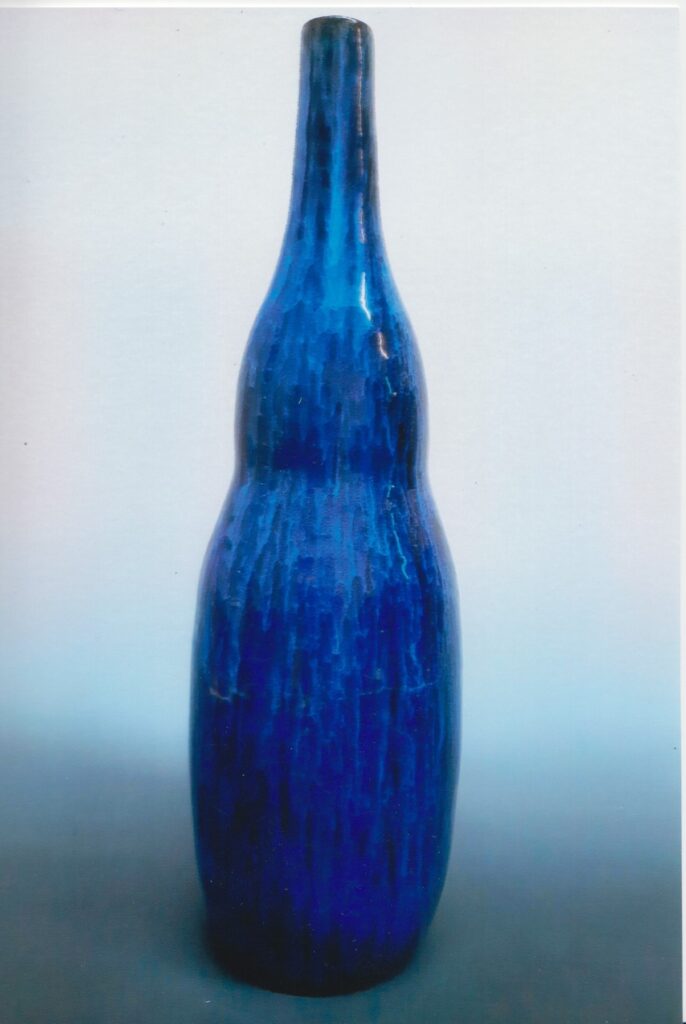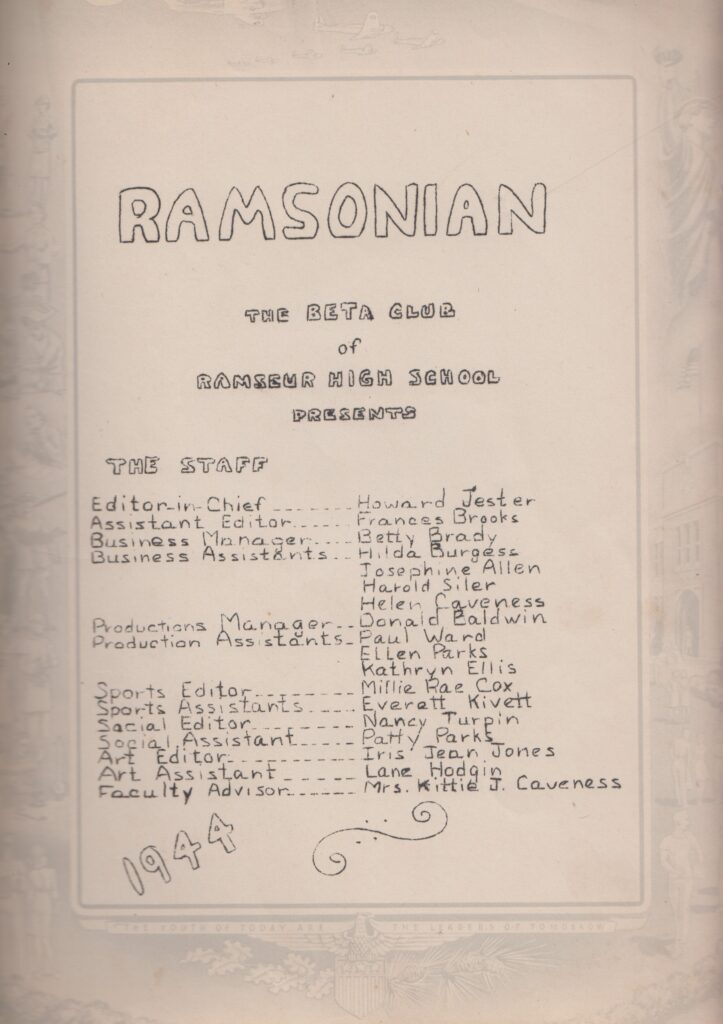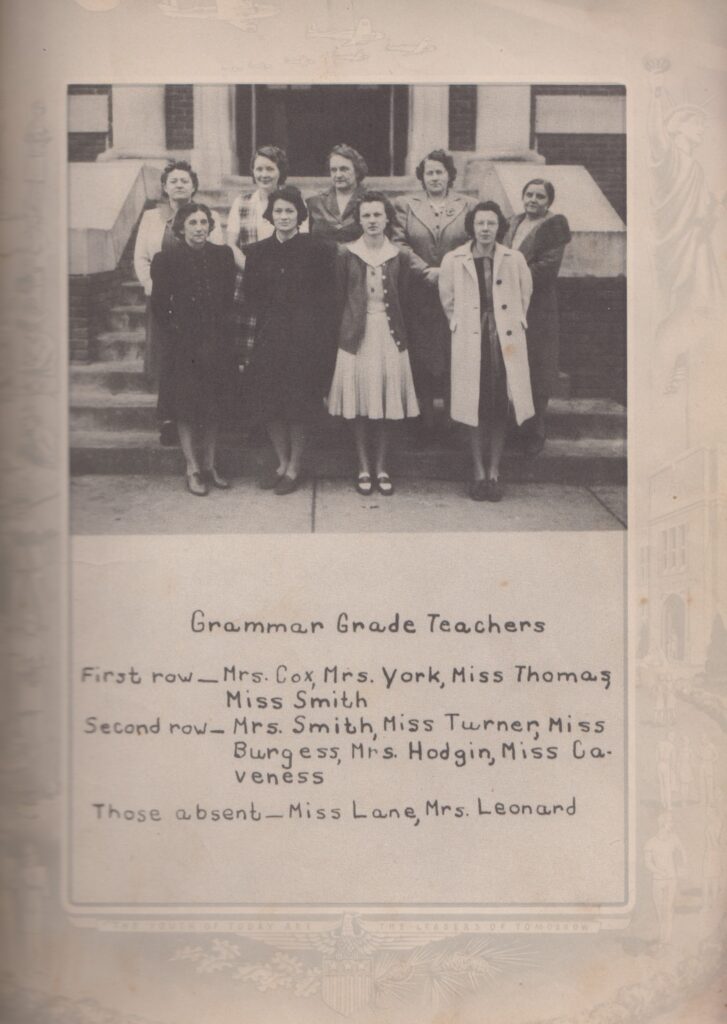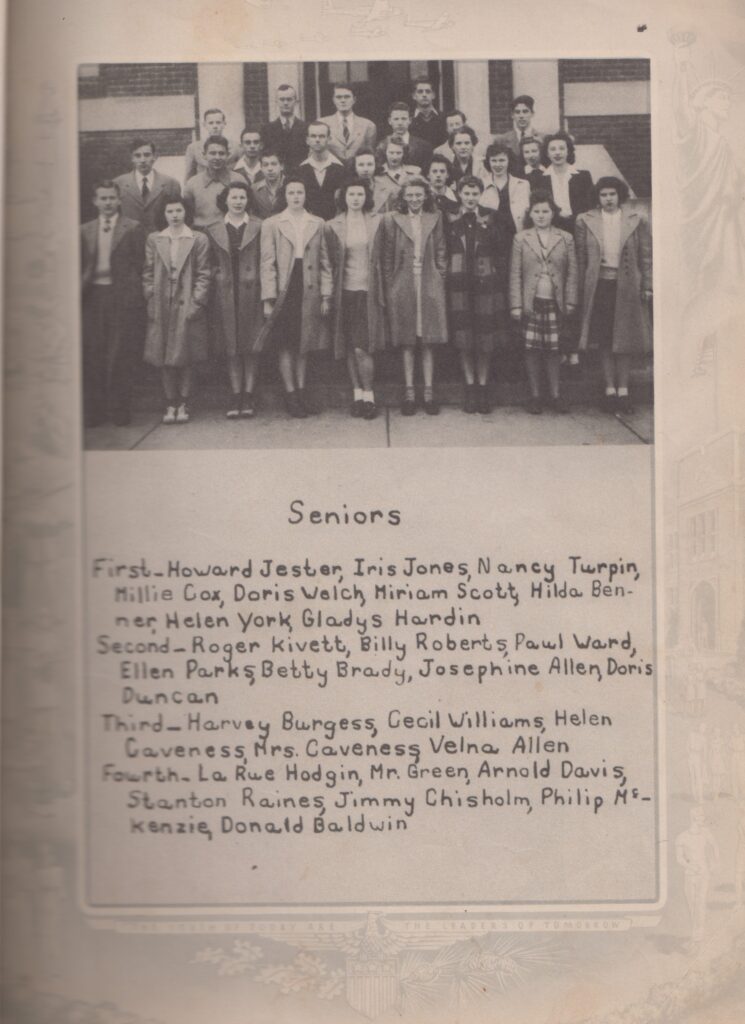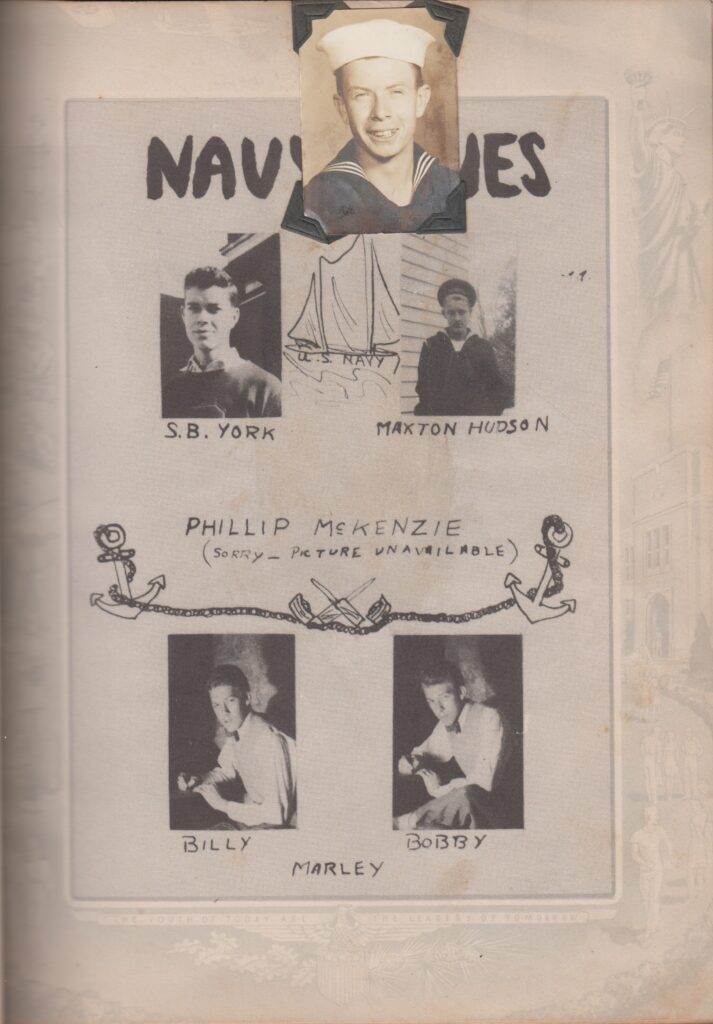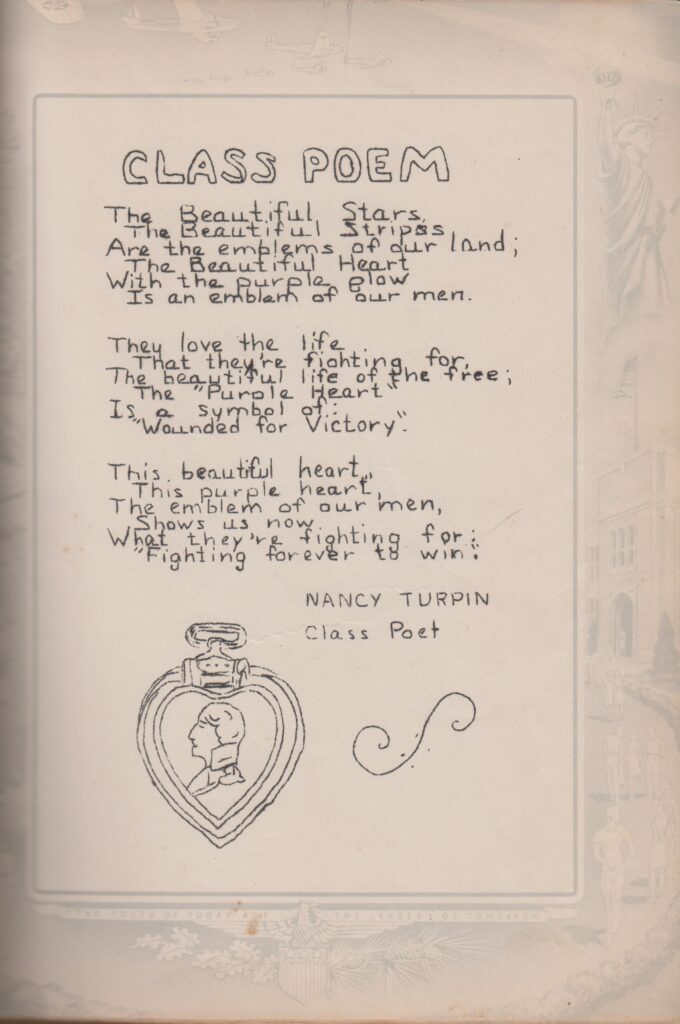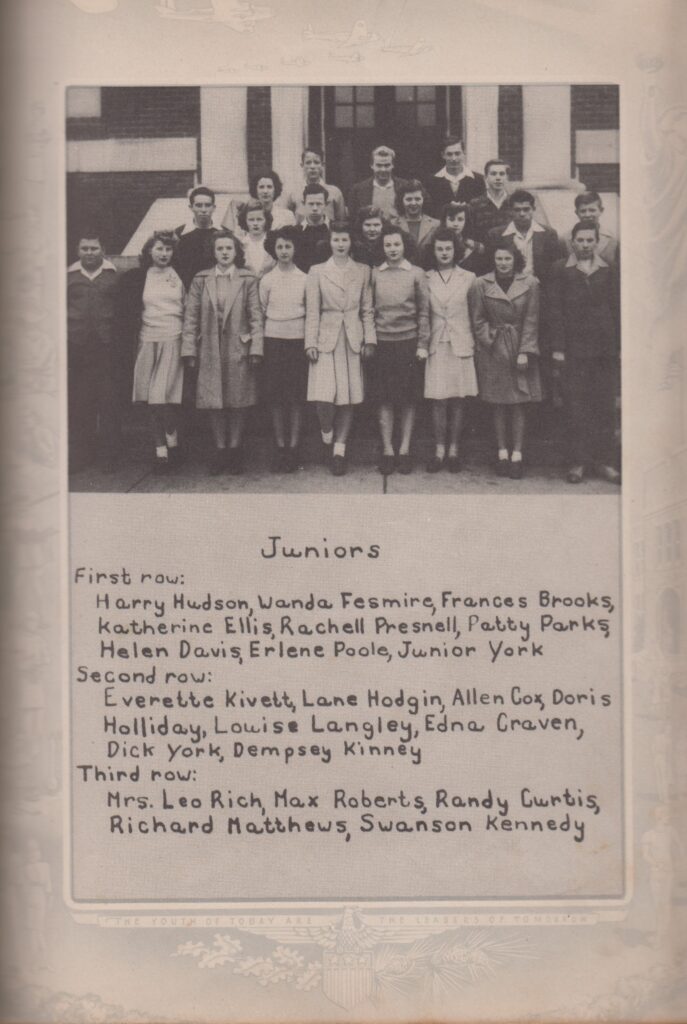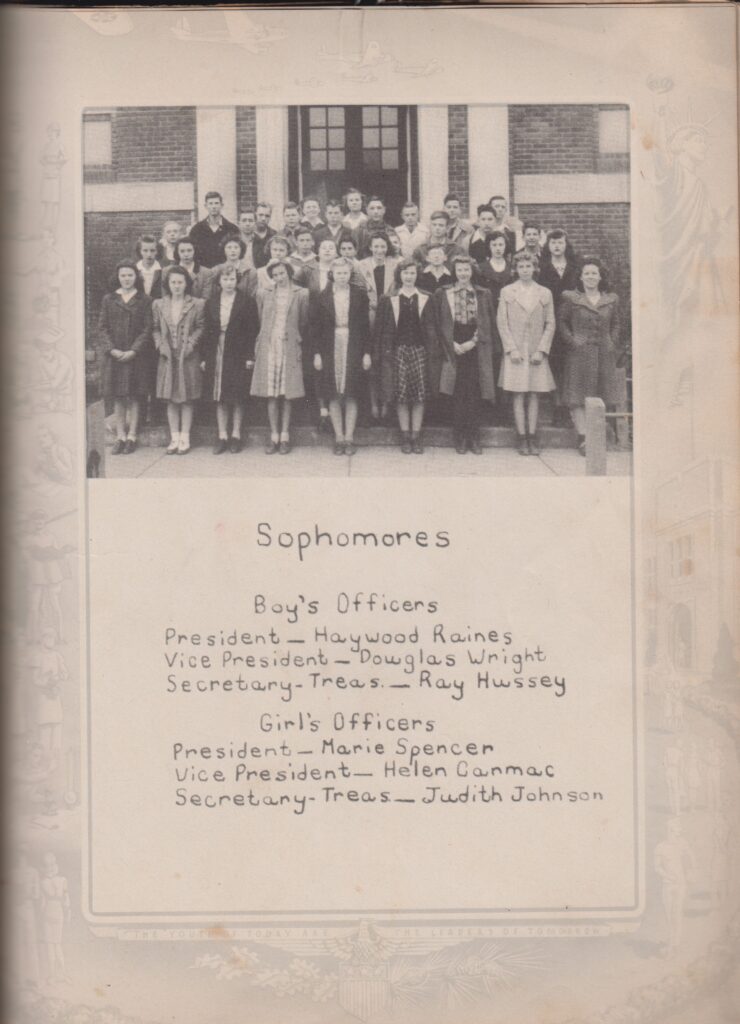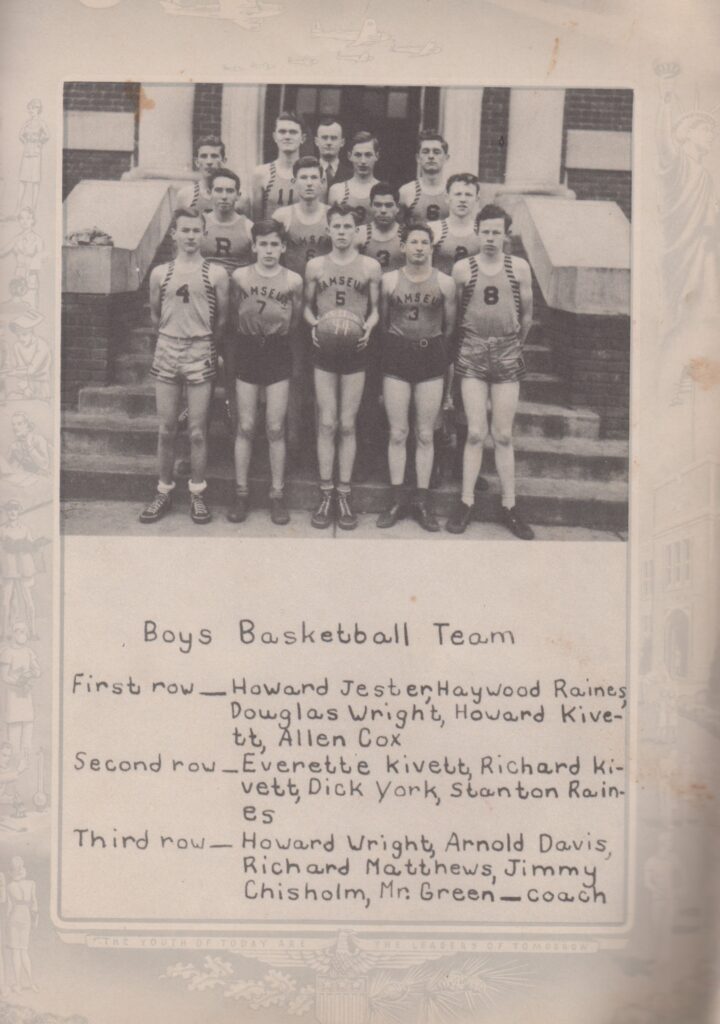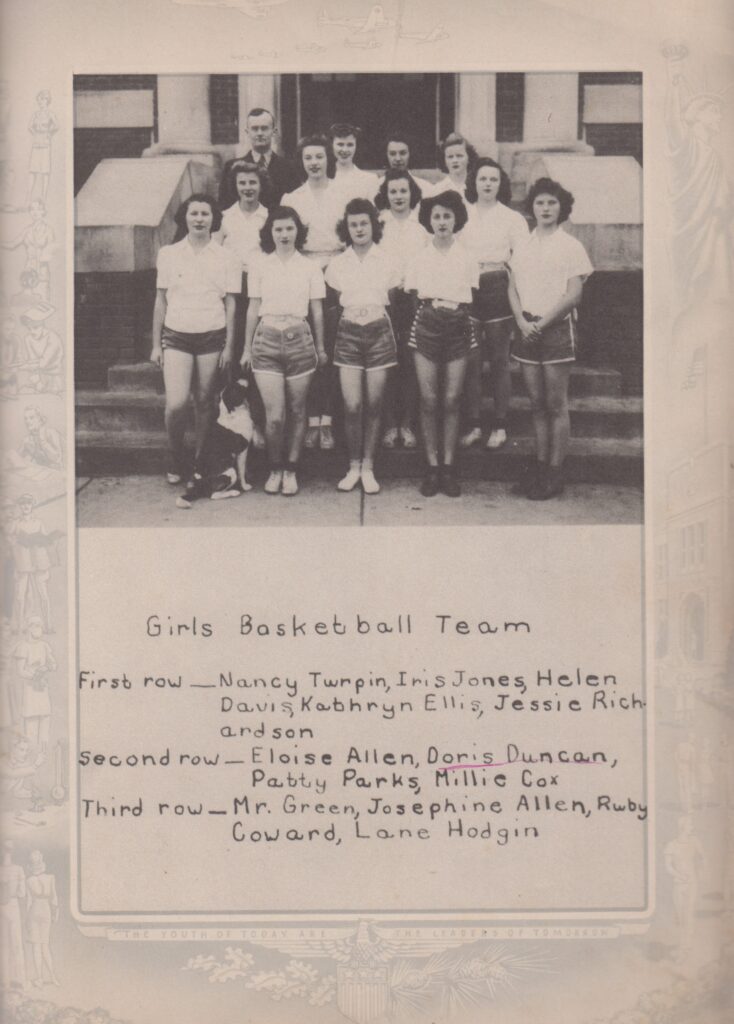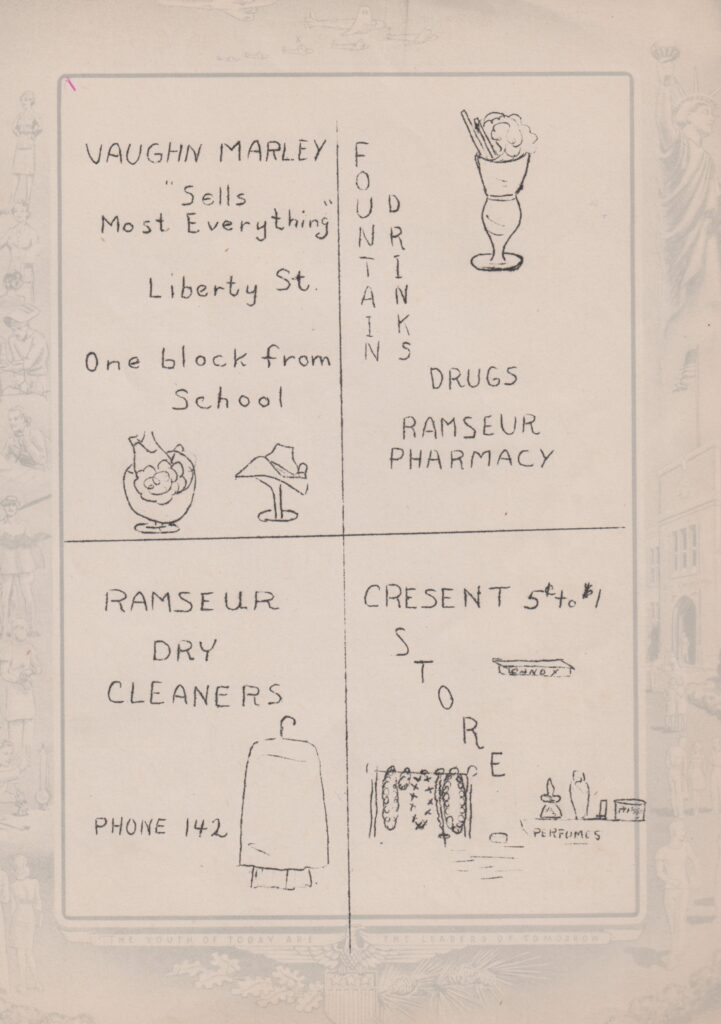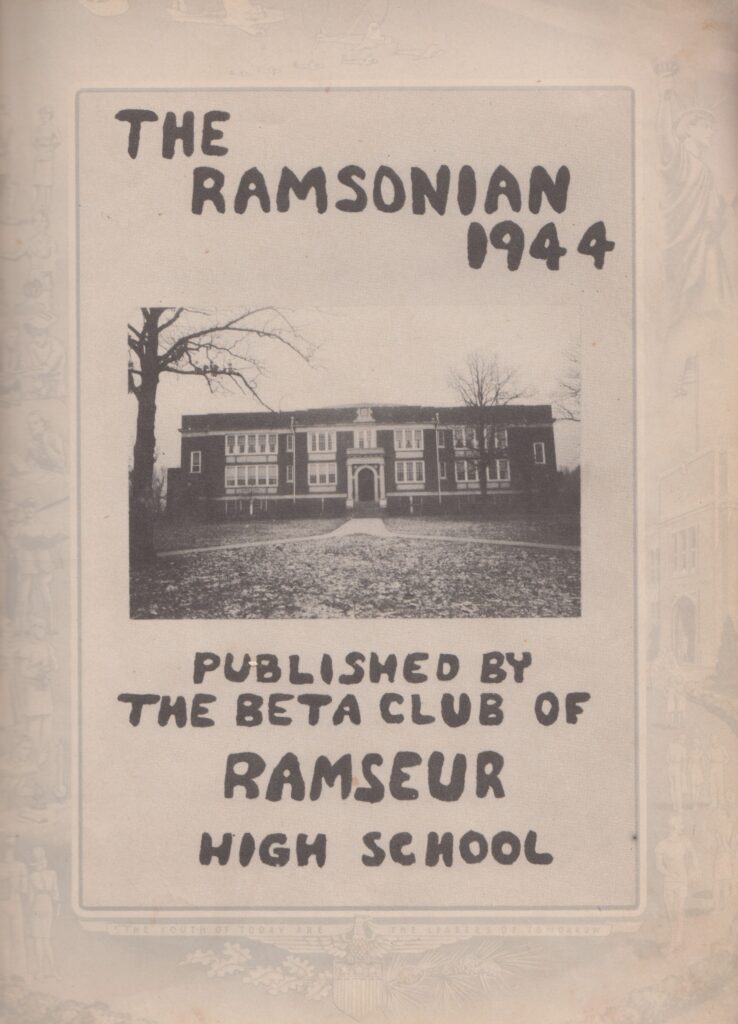Introduction by WT Cox
There is no doubt that pottery production has been an important industry in the development of Randolph County. Today, Seagrove can boast over 200 established potteries in and around the Seagrove “area”, and a large number of them along Highway 705. Many potters prefer to have a Seagrove zip code, even if they are not located within the Town Limits. Just having “Seagrove” in their mailing address sets many potters apart from other parts of the country. Seagrove is indeed the pottery capital of North Carolina, and perhaps the USA as well, but this has not always been the case. Back in the 19th century, the center of pottery was still Randolph County, but it was centered pretty much along Highway NC22 from Coleridge to New Salem. This area had an abundance of clay and water… two of the elements needed for pottery making. The “True Potter’s Highway” was actually NC 22 back a century ago.
The history of clay and pottery making here in Randolph County goes way back, even to a time before the American Revolution. Today, when a farmer plows into a clay field, he usually will move onto the more fertile ground because clay is not suited for growing crops. Many years ago, those deposits of clay were very valuable. The clay deposits were the foundation for pots and earthenware vessels that were needed for everyday life. Earthen water jugs, plates, and pots have been used for a millennium, and the people who had the skill to craft these were highly respected. One of the earliest known potteries in Randolph County was C. Webster Pottery near Coleridge. Today only a few examples of this work are available and are regarded as some of the most expensive pottery ever to be produced in North Carolina, even regarded by some collectors as “priceless.” Webster, along with other names such as Fox, McGee, Brower, Cox, and Moffitt all had established potteries here in Southern Randolph County. When the railroad opened a spur to the tie yard near Seagrove, many potters began using this as a means to transport their wares to markets throughout the country. Eventually, the Seagrove area became established as the “place” to be if you were a potter.
In the early days, most pottery produced here was utility pieces. They were water jugs, dishes, pots, and vessels used for everyday life. The skilled craftsmen that turned and fired these primitive pieces in salt glaze kills would never have dreamed that their creations would be regarded in such high esteem as they are today. Most potters did not bother to sign their names to their pots… only a mark or thumbprint was used to identify the individual potter. Historians today are able to identify many of these early pots by their style and types of glaze. Today, pottery is mostly made for ornamental purposes, but still, a good portion is used for dinnerware. A good example of the diversity in pottery making today is the works of Ramseur’s craftsman & potter Bob Armfield and Coleridge’s potter & folk artist Stacey Lambert. Bob’s Oakland Pottery creates some of the most desirable jugs, churns, and decorative pieces representing Randolph pottery’s traditional salt glaze style. Stacey is a great potter, but his work is mainly folk art and is fired using electric kilns. Both styles of pottery are highly prized and are unique to Randolph County.
Bob Armfield had researched the history of early pottery in Randolph County, especially the NC Highway 22 corridor that was regarded at the Pottery Highway. Mr. Armfield has taught pottery at Randolph Community College for several years and is regarded as a master potter, turning some of the most delicate and intricate pieces. His Oakland Pottery is open to the public and located just south of Ramseur on NC 22. The following is the first part of a three-part documentary Bob has done on the History of Pottery in Randolph County. The first section is from the Coleridge area up to Ramseur. We will be going all the way to New Salem in the upcoming next two issues.
Early Randolph County Potters
A Documentary By Bob Armfield
Today, Seagrove NC is considered the “pottery capital” of the United States with a couple of hundred shops scattered around the town and throughout the surrounding area. In 1974, there were fewer than ten established pottery shops in Seagrove. The rapid growth of pottery shops and stores that support them represent a major increase in the last 50 years. Today, most of the shops are located on or near Highway 705 that runs from Seagrove to Robbins. This has not always been the case.
In earlier times we might need to look at another road that runs from Coleridge to New Salem, with Ramseur in the center. This is Highway NC 22.
First, let me introduce myself. My name is Bob Armfield and I became interested in pottery through a computer error that placed me into a pottery class instead of the jewelry class that I wanted to take. In the hope of graduation, I took the class and learned about the potters in the Seagrove area.
My wife Betty Jo and I came to Randolph County to teach and told my aunt and uncle, Evelyn and Cecil Cos that we wanted to visit some of the potteries; They provided us with a map and sent us on our way into the Seagrove area. We saw so much that day and talked to an interesting character, Mr. M.L. Owen, who was building a potter’s wheel. I told Mr. Owen I would love to have a wheel and he told me that he would be happy to build one for me (the Owen Special still sits in my turning room today). Unfortunately, I had no place to put it.
My problem was shortly solved when Bill Johnson said he had a building that I could use. When we walked behind the house, I found an old tobacco barn, chicken house, and mule stable under a number of very old oak trees. These trees plus the fact that the property was part of the original Oakland Farm gave the shop its name. Yes, this is the same building that I tried to plug the three-foot black snake into the electrical outlet.
The building served its purpose but soon became too small and I was told of an upcoming auction at the old Hilltop Grocery. Many of us will remember going there to get a coke and a pack of nabs. I went to the auction with $3000 cash and a dream that I might be able to purchase the building for that small amount. The auction started out fast and furious and I placed my bid of $2950. I was ready to go home when Joe Lineberry stepped out of the crowd and said, “Boys, let him have it, he needs it,” and not another bid was heard. We had a shop and fifty dollars to get the pottery started.
We opened in November 1977 at our present location and joined the potters that came before on the Highway 22 corridor. Beginning at the first shop people began to come in and talk about their relative who had mate pottery. The potters that will be discussed in this article will come from these conversations with our neighbors. Beginning in Coleridge, we will travel north and end near New Salem.
My Aunt Evelyn was one of the first to tell me my connection to North Carolina pottery. I found that her father made pottery in Moore County. William Murphy Williams learned to make pottery from an uncle. Before her death, she gave me two pieces that he had made and last year Mr. Tim Carnford found a third that he graciously sold to me.
We moved our church membership to Jordan Memorial when we moved to Ramseur in 1976 and became reacquainted with Madge Kivett. When I was younger, I would go into Craven Kivett and purchase clothing when I stayed with my aunt and uncle. Miss Madge found out about my interest in pottery and took the time to tell me about her family in Coleridge. She told of going to her grandfather’s home on Back Branch near Concord Cemetery and finding many pottery sherds in the creek.
The shards dated back many years. “Miss” Madge was related to Peter Craven who in 1761 brought his family to Coleridge where he was given 571 acres and according to family legend, farmed and made pottery. There are no known Peter Craven pots and some say he did not make pottery. I tend to believe that there is always some element of truth in legend and the Georgia branch of the Craven family claims to have a lead-glazed fat lamp and pot made by the family patriarch.
Peter Craven eventually owned thousands of acres and we find Craven potters in a large swatch centering at the Craven homeplace. Peter’s son Thomas, grandson Solomon, and great-grandson Yancy Craven continued to make pottery there at the Peter Craven homestead.
Solomon Craven learned of a talented potter in Fayetteville and requested he come to Coleridge and make pottery for him. The pottery was long called the work of the Bird-Fish man. Today we know it was made by Chester Webster who worked for Solomon, his son Yancy, and later for himself. His home was across from the old Craven homestead. Webster’s decorated works sell for thousands of dollars today.
Yancy Craven was not only made pottery and farmed, but added a tailor’s shop, blacksmith shop, brickyard, and general store to his repertoire. There is a canning jar in the Ramseur Museum, though unsigned, which was made by Yancy Craven. It was given to the museum by Miss Madge.
Craven land was so vast that members tended to spread out from the homeplace. Going north from Coleridge and today a right turn on the Parks Crossroad Road and find another group of potters before getting to Hwy 64.
What do potters need the most? The answer is clay. If one looks at the land between Jim Green’s and Johnny Cox’s there is a low-lying area that Mr. Cox took me to. It was at one time a brickyard. An interesting aside was that Bill Johnson found a sherd of Chester Websters in the area. I dug clay there but always had to keep a sharp eye out for a very unpleasant bull.
Turn right on Burgess Kivett Rd. and you are in the area of John Anderson Craven’s (1801-1872) kiln site. Craven and his sons, Jacob Doris (J.D.), William Nicholas (W.N.), Thomas Wesley (T.W.), and John Anderson (J.A.) made pottery there. J.D., W.N., and T.W. left their father’s shop and made ware near Moffit’s Mill before each becoming independent leaving only J.A. working near their father.
A few more miles toward Hwy 64 and a turn on Kildee Church Rd., where Himer Fox made ware for himself and J.F. Brower. In his recent book A History of Freemasonry and the Masonic Lodges in Randolph and Moore County, Wally Jarrell identifies a number of potters that made pottery with Masonic markings, and most came from this area. John Anderson Craven, Thomas Wesley Craven, John Anderson Craven the younger, Himer Fox, and John Franklin Brower used the Masonic Square and Compass on some of their wares. Mr. Jarrell also identifies the lodges where they were brothers. Mr. Ray Gilliland called me and asked if I could find some information on J. F. Brower a number of years ago. This was no problem and I went by to see Ray and Mrs. Gilliland and he proudly showed me a piece of Brower’s work with the Square and Compass, which he was very proud of. Mr. Gilliland was a Brother at the Marietta Lodge in Ramseur.
Backtracking to Hwy. 22 and crossing the river one of the major clay ponds that many local potters used was the Holly Spring Pond. My mentor, M.L. Owens found the pond around 1939 but could not find it later, when he and his son looked for it. He always said that he and I would go back to where he thought it was and we would find it. Melvin is now gone and the location of the clay pond is still a mystery. If any of the readers of the paper knows where the pond is please get in touch with the paper.
A very talented young lady from the Holly Spring area that has taken up pottery is Tara McGee. I had the privilege of having Tara in one of my classes when I taught at Randolph Community College and she has gone on to make some fabulous work. You can see some of Tara’s work at https://taramcgeeceramics.com
Join us in next month’s issue, as we will travel to Ramseur and beyond. Click here to view.

